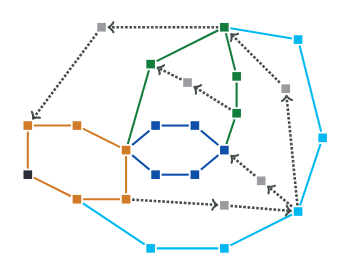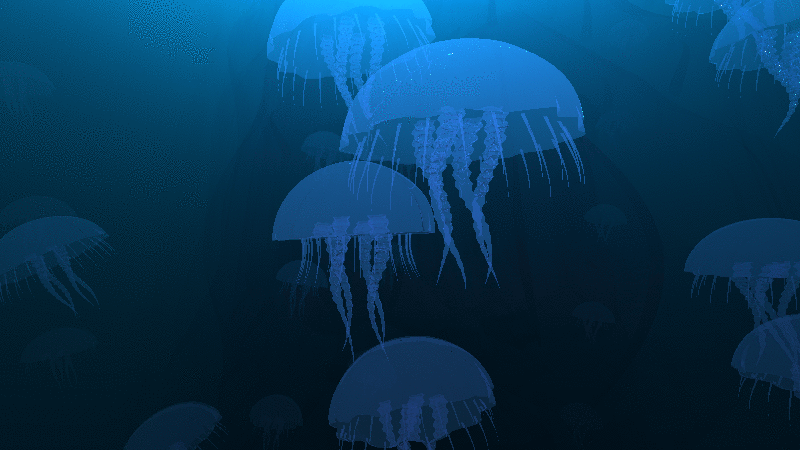11 Oct 2018
Tags:
computer_science
I had the chance to volunteer at the FOCS 2018 conference and here are 3
articles that I specially enjoyed and I give a short summary of them here.
Bloom Filters, Adaptivity, and the Dictionary Problem
The dictionary problem considers a big dictionary $S$ on which you
want to be able to know if a word $x$ is in $S$. The entire
dictionary, because of its size, is usually saved remotely and you want to
avoid querying it as much as possible. By using an approximate membership query data
structure (AMQ) you can answer pre-queries that always answer PRESENT if
$x \in S$ but also has false positive.
This paper proposes to use Bloom filters to create an adaptive filter (the filters adapts to an
$\epsilon$ probability of having a false-positive), this method gives very good guarantees on false positives without significant space cost. Their
contributions are 2 main results:
- When no feedback can be obtain on
positive queries, adaptivity is impossible.
- It is possible to
maintain an adaptive AMQ for the same cost as a non adaptative AMQ.
You can find the final paper here.
Limits on All Known (and Some Unknown) Approaches to Matrix Multiplication
Determining matrix multiplication’s complexity is a fundamental problem
in theoretical computer science. The naive algorithm is in
$\mathcal{O}(n^3)$ and the famous Strassen algorithm runs in
$\mathcal{O}(n^{2.8074})$. The problem is to find the minimum
$\omega$ such that matrix multiplication (MM) can be solved in time
$\mathcal{O}(n^{\omega})$, more specifically, to know whether
$\omega=2$… The best bound on $\omega$ so far is close to
$2.3$.
This paper first unites the two main approaches : Laser method of
Strassen, and the Group theoretic approach of Cohn and Umans. This new
technique, based on zeroing out some variable of the tensor, is called
the \textbf{Solar method}. Then, they introduce two more general methods,
one based on monomial degeneration, the Galactic method, and the
other where any degeneration is allowed, the Universal method.
After introducing those 3 methods, the paper shows that to find a method
where $\omega$ could potentially be equal to 2, you have to search for
a Universal method because the Solar and Galactic method aren’t
powerful enough to provide such a small lower bound.
You can find the final paper here.
Beating the integrality ratio for s-t-tours in graphs
The Travelling Salesman Problem (TSP) is well known and the s-t path variant of the
TSP (shortest tour from $s$ to $t$ that goes through all vertices)
has one advantage, it has an well-known 1.5 approximation-ratio. In this
paper by detailing special cases of ears configuration and having a
details analysis of those cases they beat the approximation ratio 1.5,
and get a 1.497 approximation ratio.

An example of a well-oriented ear-decomposition.
You can find the final paper here.


 An example of a well-oriented ear-decomposition.
An example of a well-oriented ear-decomposition.